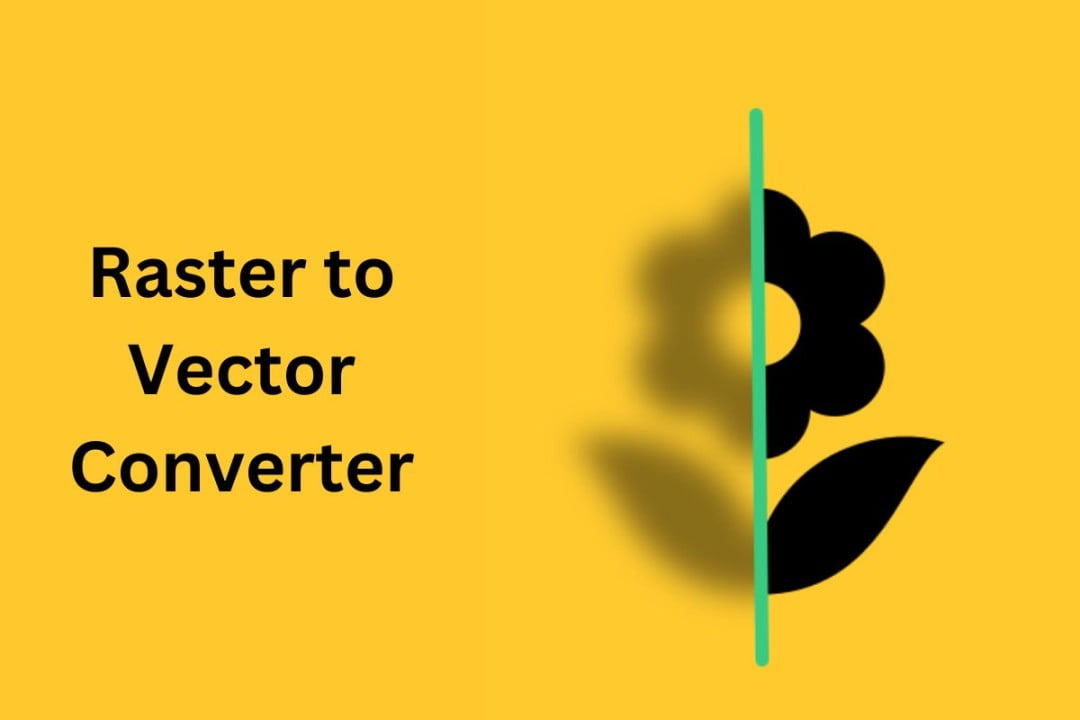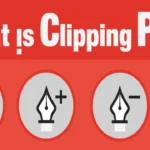Introduction:
Creating striking designs with good-looking visual effects has become vital for business and creative people. Among the several ways of improving your visuals, Drop Shadow effects, as well as Raster to Vector conversion, hold a very important position. These two techniques have particular advantages in respect to the general look and adaptability of your images. In this blog, we will get closer to understanding how these methods work and what kind of benefits they can give to our expert services.
Table of Contents
- What is Drop Shadow?
- The Power of Drop Shadow in Design
- Understanding Raster to Vector Conversion
- Benefits of Raster to Vector Conversion
- How Drop Shadow & Raster to Vector Work Together
- Why You Need Professional Drop Shadow & Vector Services
- Frequently Asked Questions
- Final Thoughts & Call to Action
What is Drop Shadow?
A drop shadow is a visual effect used in graphic designing to depict depth. This effect adds a soft and shadowy-like feature at the back of an object or text. In simple words, designers make the elements of their design pop into three-dimensional form out of a distanced background. This is one powerful, simple effect that has seen wide usage across a wide array of logo designs, product images, and website visuals to make structures more clear and beautiful.
Drop Shadow Magic in Design
Drop Shadow can really give your designs a new look. This technique, upon application, is able to add depth, draw interest to objects, and improve readability in heavy text designer pieces. It also may be used to guide a viewer’s attention with important elements within marketing materials. You might think this is just a minute detail, but a well-applied drop shadow provides that professional touch which will raise your design to the next level.
Understanding Raster to Vector Conversion
Before looking into the benefits, it is good to understand what Raster to Vector conversion is. Raster images are made up of pixels, which means they may lose quality when resized. In contrast, vector images are composed of mathematical paths, allowing them to maintain sharpness regardless of size. Converting raster images to vector format ensures that your visuals are scalable without any loss of quality.
Benefits of Raster to Vector Conversion
Conversion of Raster into Vector has several advantages:
Scalability: You can go on zooming in and out of your image without any loss of its quality.
Flexibility: Editing a vector image is much easier, perfect for logos, illustrations, and printing materials.
File size: Files are sometimes smaller, so easier to manage in terms of space and sharing.
Having vector images guarantees consistency in branding from websites to billboards.
How Drop Shadow & Raster to Vector Work Together
Combining the effects of Drop Shadow with Raster to Vector conversion can take your designs to the next level. Here’s why they’re a perfect match:
Visuals Enhanced: Adding a drop shadow to vector images can give them depth and make them stand out.
Versatility: This service entails converting raster images to vector and adding drop shadows, making the designs scalable for both web and print purposes.
Professional Finish: These techniques ensure high-quality images that are clear and deep, adding a professional finish to your designs.
Our professional team is committed to taking care of your design projects by applying these techniques for the best outcome.
Why You Need Professional Drop Shadow & Vector Services
While you can find tools online that offer basic Drop Shadow and Raster to Vector conversion, professional services deliver superior results. Here’s why our services stand out:
Attention to Detail: We ensure that each drop shadow is perfectly placed to give the right amount of depth to your design without overwhelming it.
Precise Conversion: Our Raster to Vector conversion ensures that your images are not only scalable but also retain their original detail and quality.
Custom Solution: Every design is unique, and we work in such a way that the solution given will completely cater to your requirements and the end product will come out just as you had imagined.
By availing our services, you will get quality, customized solutions to develop your brand’s visual and maintain a lead ahead of your competitors.
FAQs
Q: What file format could be converted from raster to vector?
A: We can convert various types of file formats to vectors, like JPEG, PNG, and GIF into SVG, AI, and EPS vector format.
Q: How long does it take to convert the Raster images to Vector?
A: Depending on the image’s complexity, but most are completed in a time period of 24-48 hours.
Q: Can I apply drop shadow effects to any image?
A: Yes, drop shadows can be effective in certain elements such as logos, icons, and product shots. We check if the effect enhances the design and doesn’t interfere with the overall look of the design.
Q: Why should I convert a raster image to vector?
Q: Raster-to-vector conversion means your images can remain sharp, scalable, and easy to edit for a wide range of uses.
Final Thoughts & Call to Action
Improvising these can improve the quality of Drop Shadow and Raster to Vector conversion. Logos or any product picture, whatever you are doing related to marketing, these give flexibility and professionalism to your project. Get the best out of it with expert service from Clippingon24.
Want to give your designs a facelift? Reach out today to learn more about our design services and how we can help create high-quality, scalable visuals that make your brand stand above the rest.




